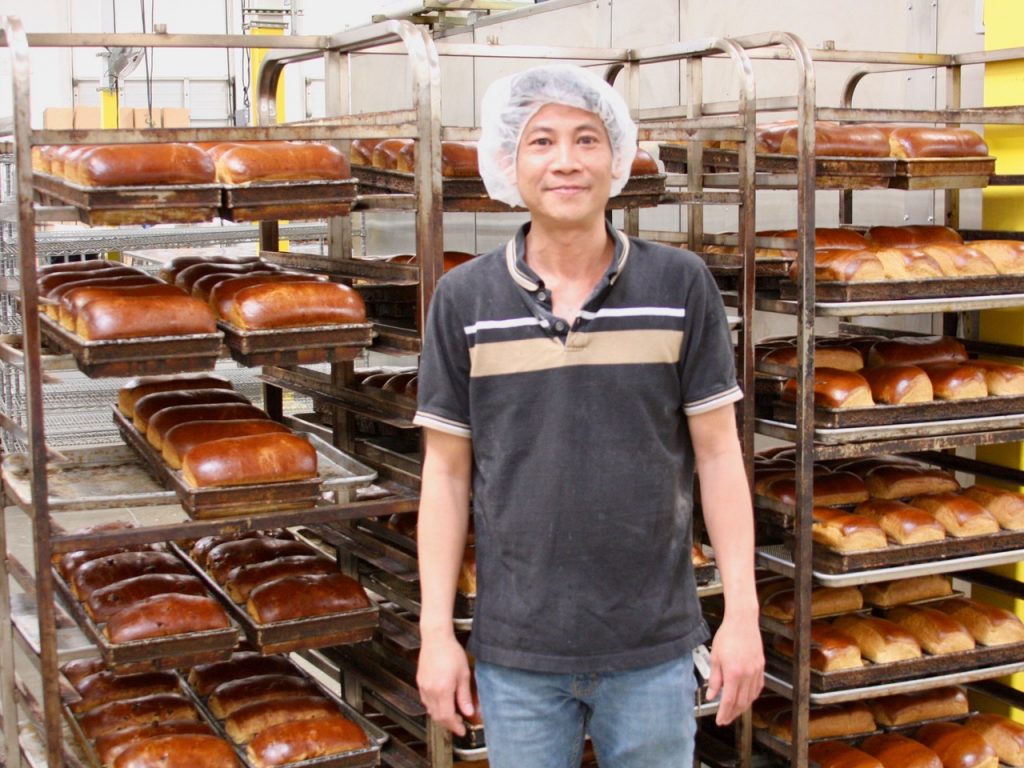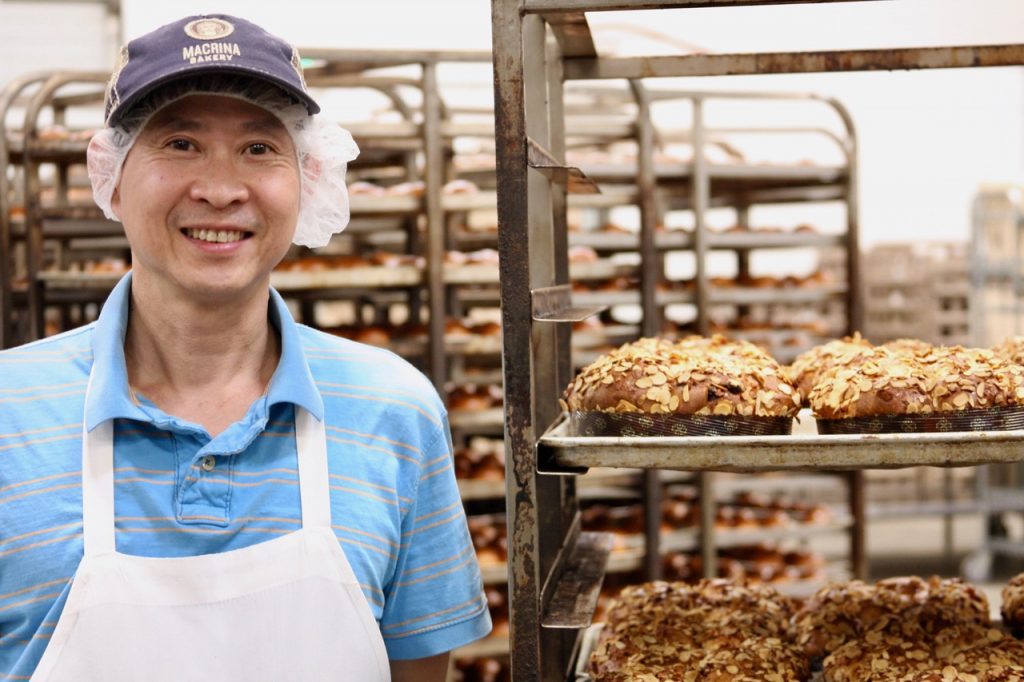Hurry to Peach-O-Rama to savor a Sweet Peach Brioche made by Macrina with Metropolitan Market’s sweet, just-picked peaches.
Each Summer Metropolitan Market holds its annual Peach-O-Rama, and the aisles fill with lovers of sweet, juice-filled peaches. The many varieties of peaches have one thing in common: Each is picked at the peak of ripeness, packed carefully to prevent bruising, and trucked straight to the store.
Pence Orchards in the lower Yakima Valley is one of Metropolitan Market’s primary suppliers. A fourth-generation family farm run by Sharon and Bert Pence, Pence Orchards only picks the peaches when they have tree-ripened and have reached an ideal sweetness. The peaches don’t go into cold storage. Instead, they are carefully nested into single-layer packing. They arrive the next day in the produce section at Metropolitan Market just as succulent and perfect as they were when they dangled from the branch.
Peach-O-Rama started over 20 years ago and was inspired by the founder and chairman of Metropolitan Market, Terry Halverson. He says, “My family lived in Yakima when I was young, and we picked peaches for eating, jam, and canning. Mom made pies and we ate peaches for dessert often. They were as good as you could get. There was nothing like making a mess eating the fully loaded, juicy, aromatic peaches.”
That childhood love fueled the desire to find a way to get the best fresh-from-the-farm peaches into the store. The result is an ode to the peach, those juicy nectar laden gems. Of course, the celebration isn’t limited to the produce aisle. Wander over to the bakery and you’ll find Macrina’s ode to the peach: the Sweet Peach Brioche. Our collaboration with Metropolitan Market features slices of their juicy peaches with cinnamon sugar and sweetened fromage blanc in a lightly textured brioche bun, finished with a dusting of fine sugar. You’ll have a hard time stopping at one!

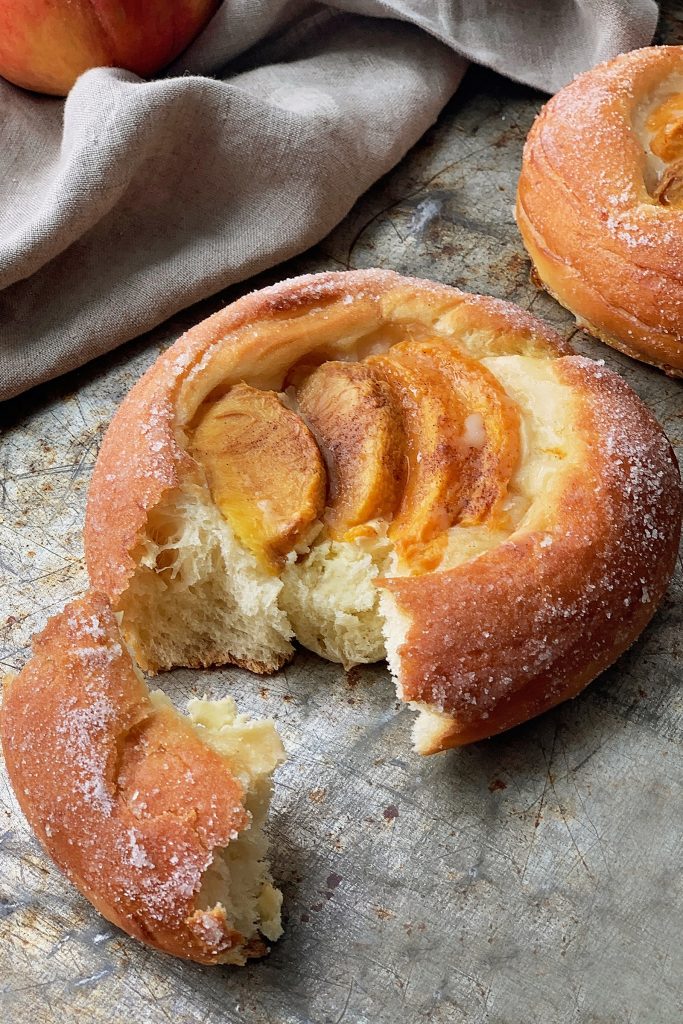
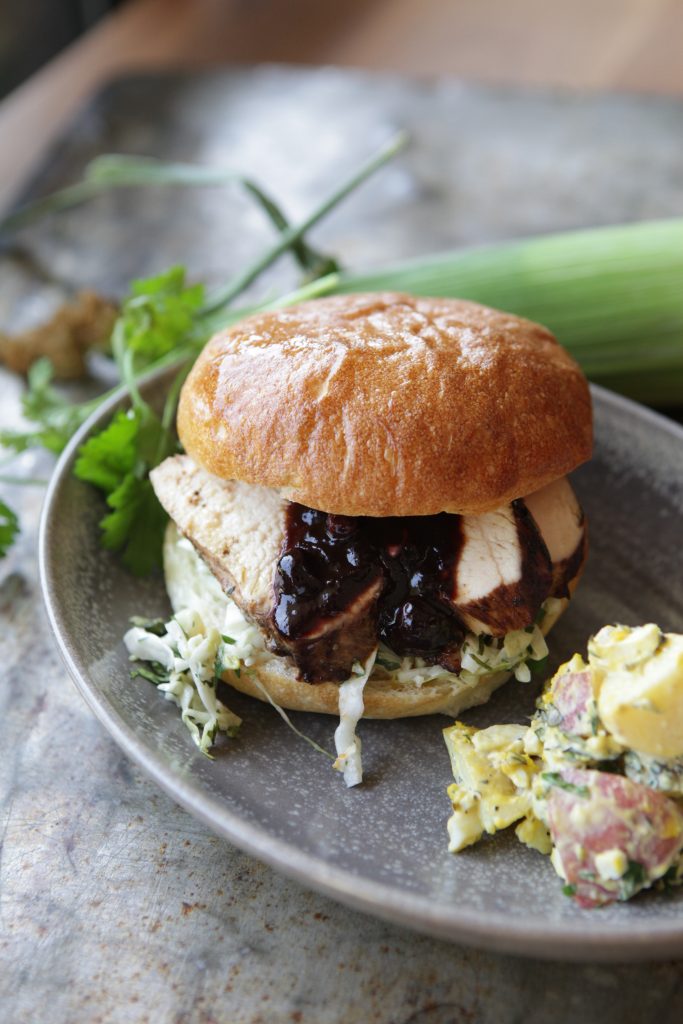
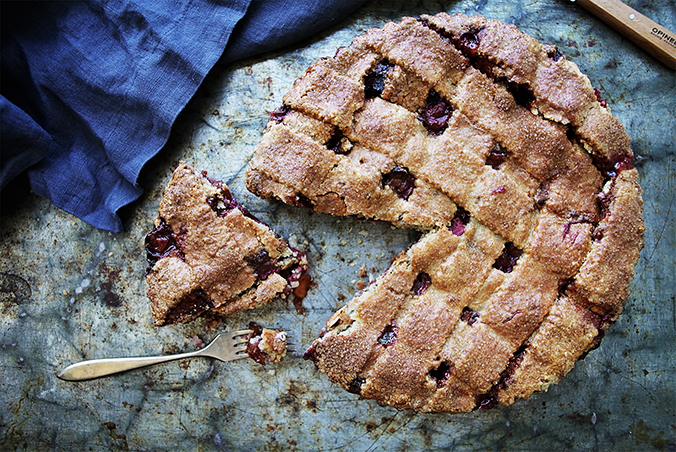 Imagine you’re three years into owning and operating your dream bakery. Then imagine getting a call that Julia Child, the legend herself,
Imagine you’re three years into owning and operating your dream bakery. Then imagine getting a call that Julia Child, the legend herself, 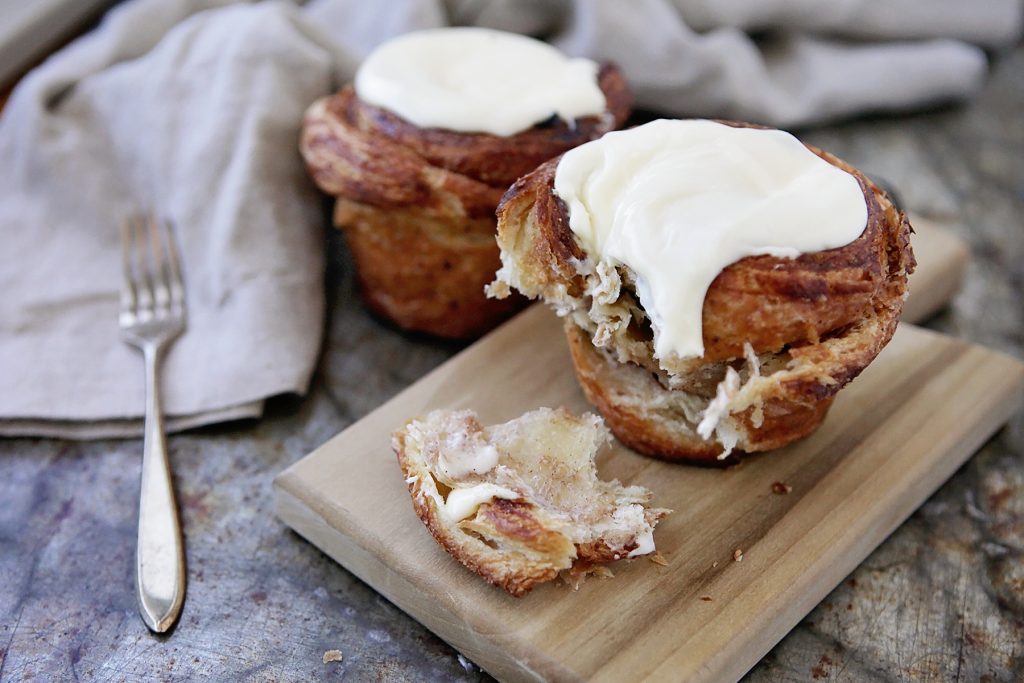
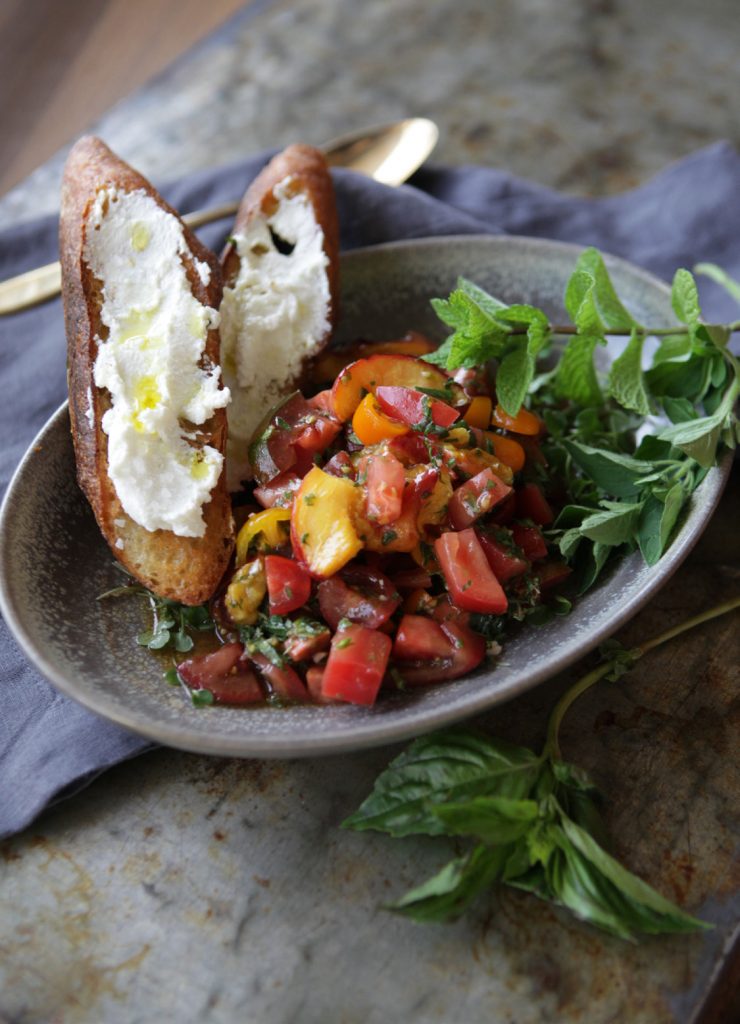
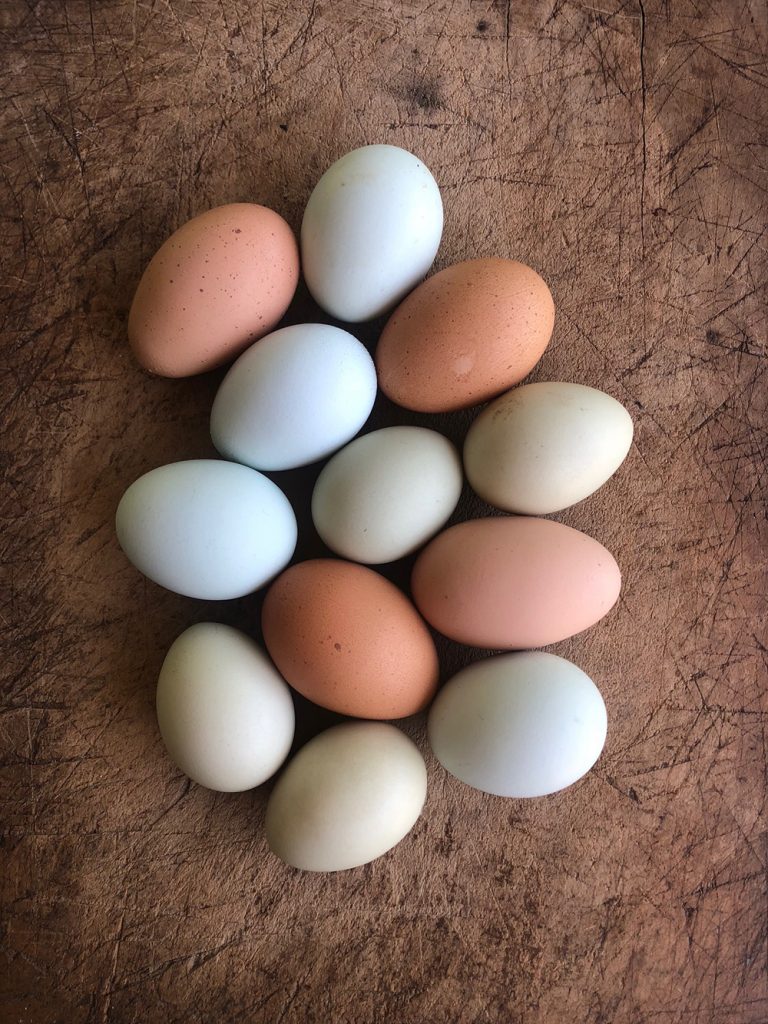

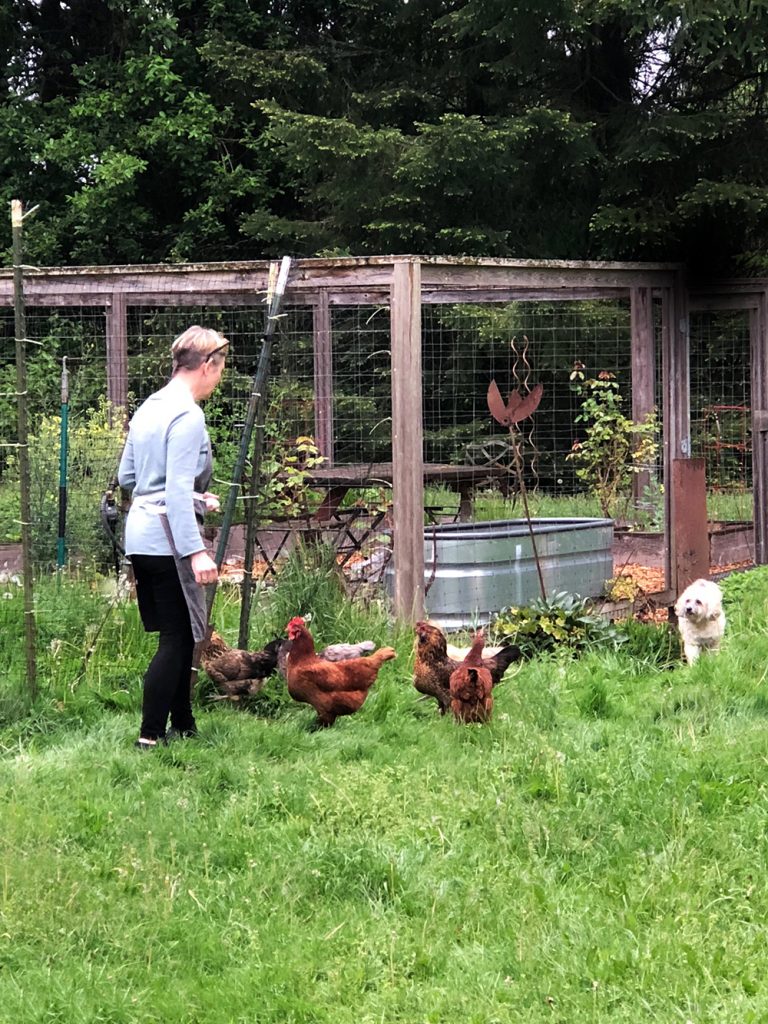
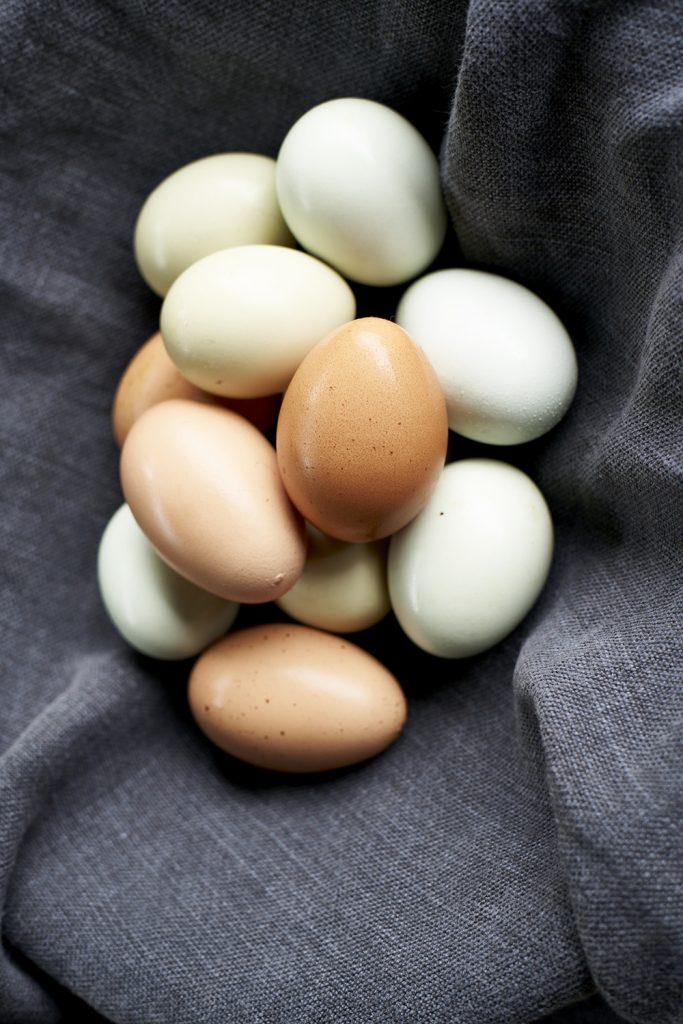
 Macrina’s Head Baker, Phuong Hoang Bui, started working at Macrina in 1994. To celebrate his 25th anniversary we gathered with him and his family at Palisade Restaurant to share our gratitude for everything he has done for Macrina and the way he brightens the workplace with smiles and his cheerful heart.
Macrina’s Head Baker, Phuong Hoang Bui, started working at Macrina in 1994. To celebrate his 25th anniversary we gathered with him and his family at Palisade Restaurant to share our gratitude for everything he has done for Macrina and the way he brightens the workplace with smiles and his cheerful heart.
 To learn more about Phuong’s amazing journey from Vietnam to Macrina read this blog that Leslie wrote about Phuong.
To learn more about Phuong’s amazing journey from Vietnam to Macrina read this blog that Leslie wrote about Phuong.


